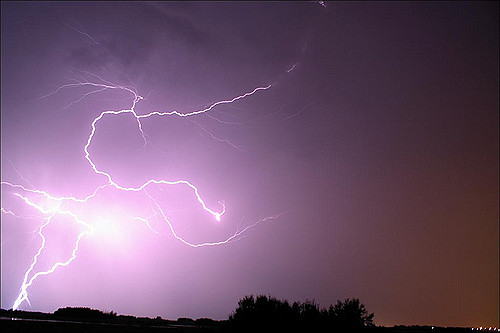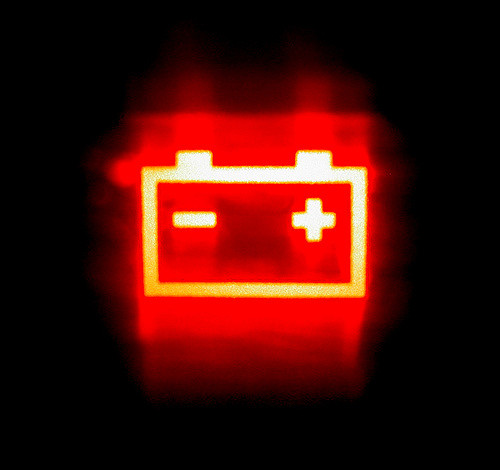Four Things You (Probably) Don't Know About Electrical Current
 While studying electrical engineering, I learned early on that electricity doesn’t really work like everyone thinks. Here are four things you probably didn’t know about electric current.
While studying electrical engineering, I learned early on that electricity doesn’t really work like everyone thinks. Here are four things you probably didn’t know about electric current.
Image by: Bruce Guenter
Electrons Physically Flow in the Opposite Direction of Current
 Image by: Andy Armstrong
Image by: Andy Armstrong
This one is really about convention. We define current as the flow of charge, or more specifically the flow of positive charge. Because electrons have negative charge that means positive charge flows in the opposite direction that the electrons are actually moving. For example, in a battery, current flows from the positive terminal to the negative terminal. But in reality electrons are physically flowing from the negative terminal to the positive terminal.
Electrons don’t Move Very Fast
When we think of electricity, we think of how fast it moves. And it does, sort of. However, it isn’t the electrons that are moving fast. The electron speed varies depending on the voltage, current and wire size, but electrons typically only move at a few centimeters per second.
It is the electrical potential energy (voltage) that moves speed-of-light fast. Let’s consider an analogy to a hose that is full of water connected to a valve. As soon as the valve is opened, the pressure is almost immediately felt at the opposite end of the hose. But the water takes quite some time to travel from one end to the other. Similarly, when voltage (pressure) is applied to a wire, it is almost immediately present everywhere on the wire, but the electrons take time to get from one end to the other.
Air Conducts Electricity
We are generally taught about conductors and insulators when learning about electricity. Conductors allow electricity to flow and insulators don’t. Right? Not quite. The atoms in conductors such as metals have electrons that are not tightly bound to their atomic nucleus. These electrons can easily flow from one atom to the next when even a small voltage is applied. Insulators’ atoms have electrons too but it takes a lot more energy to get those electrons moving. With a high enough voltage, all matter will conduct electricity, even air.
But of course, you already knew that. You have experienced static electricity and have seen lightning. Static electricity happens when thousands of volts build up and create enough energy to yank the electrons off molecules in the air. The longer the distance, the more potential energy is required to cause the air to conduct electricity. For lightning, it is hundreds of millions of volts.
Just a Tiny Amount of Current can Kill You
We have all seen the “Danger: High Voltage” signs. That is because high voltage is dangerous but the sign could also say with less drama “Danger: Potentially small amounts of electric current”.
 Image by: cea+
Image by: cea+
For example, while a taser uses 10’s of thousands of volts, it only delivers a few milliamps of current and causes significant disruption in muscle function. The way the math works is that current (in amps) is equal to voltage divided by resistance. The resistance of your body is high enough that most voltages only cause micro amps of current to flow through your body.
That’s It
Hopefully, you feel a little more informed about how electrical current works!
